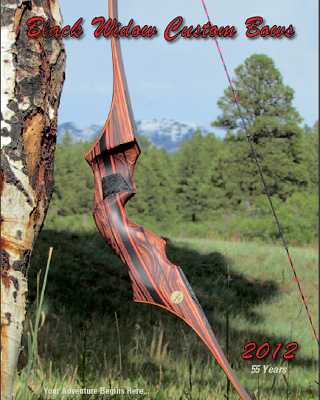Originally those tip levere were all one pieces, carved from the stave like the rest of the bow,
Think of those tip levers as Asiatic siyahs which are inline not reflexed. They keep tip weight to a minimum and still provide power.
The great bowyer revelation 'back in the day' six or eight thousand years ago, was that you could angle those levers forward quite a lot and get the same power from a physically shorter bow. That led to the development in the North of whatwe now call the Finno-Ugric Two-Wood bow -- a flat bow with angled levers glued on.













